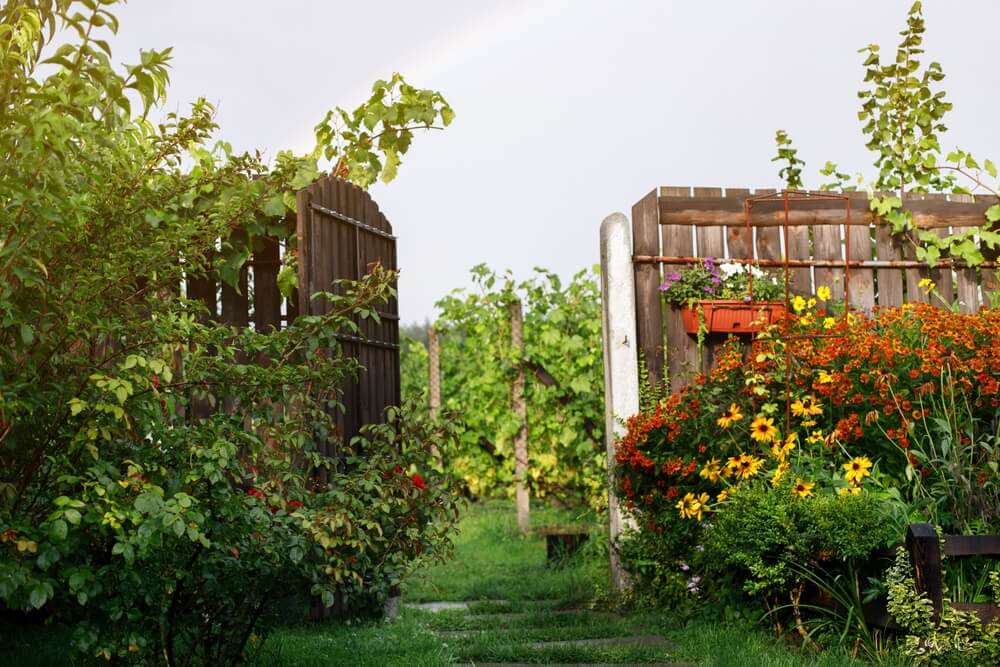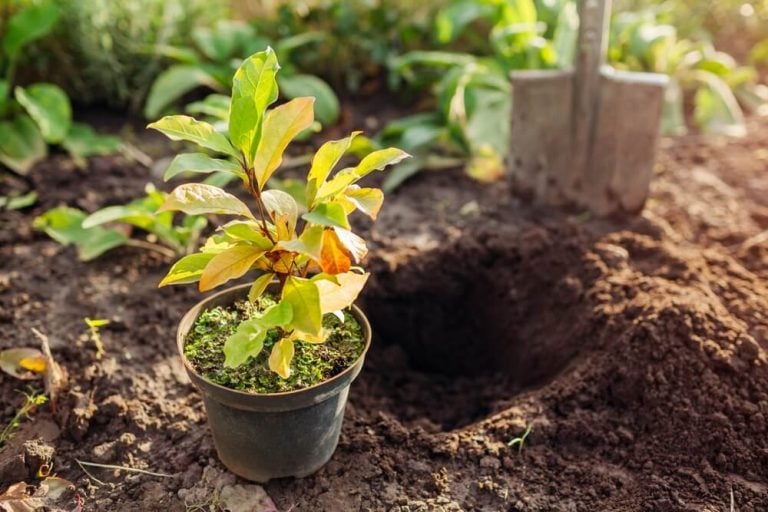15 Essential July Homesteading Tasks – Summer Compost, Watering Stations, And Weed Management!
Welcome! This article contains affiliate links, meaning I get a commission if you decide to make a purchase through my links, at no extra cost to you.
July is when your homestead hits its absolute peak power! These essential July homesteading tasks will transform your property into a thriving oasis of abundance, setting you up for incredible harvests that’ll carry you through winter. Get ready to work with nature’s explosive summer energy – your most bountiful garden and happiest animals await!
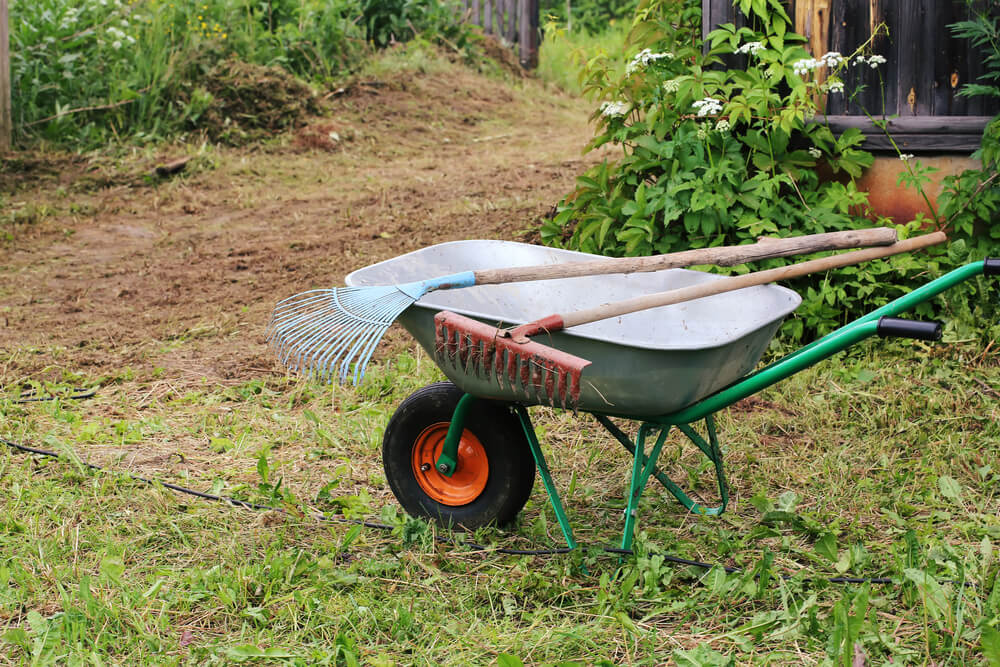
Sound good?
Then, let’s roll up our sleeves. We can’t relax yet. Not until we finish these crucial July chores!
15 Most Crucial July Homesteading Tasks
As summer settles in and the days are long and golden, here are 15 essential tasks to keep your homestead thriving through the heart of July.
1. Compost Your Kitchen & Garden Waste. Turn It Weekly!
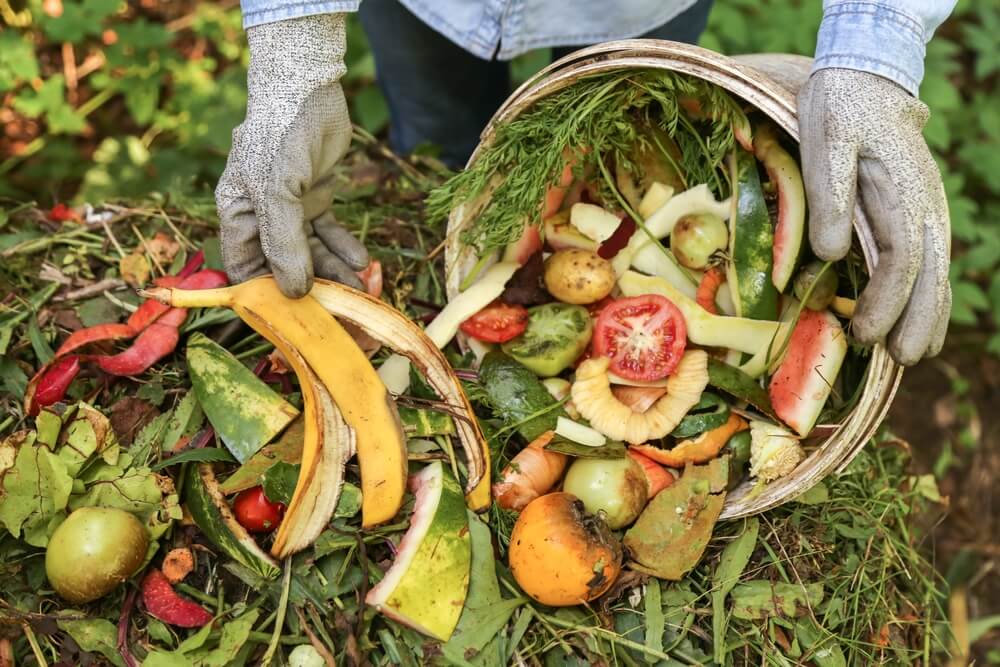
July’s heat is your compost pile’s best friend – those high temperatures speed up decomposition like crazy! Turn that pile weekly to keep oxygen flowing and prevent it from turning into a smelly, slimy mess. Your future garden will thank you with rich, black gold that makes plants sing with joy.
- Keep it balanced: Mix three parts of brown materials (such as dry leaves or paper) with one part of green materials (like kitchen scraps or grass clippings).
- Turn with purpose: Use a pitchfork to turn from the outside in, ensuring the center mixes with the cooler edges.
- Monitor moisture: Your pile should feel like a wrung-out sponge. Add a dash of water if it feels too dry, and remove water if it is too wet.
There’s something deeply satisfying about transforming yesterday’s scraps into tomorrow’s soil gold.
2. Top Up Bird Baths, Ponds, And Water Features
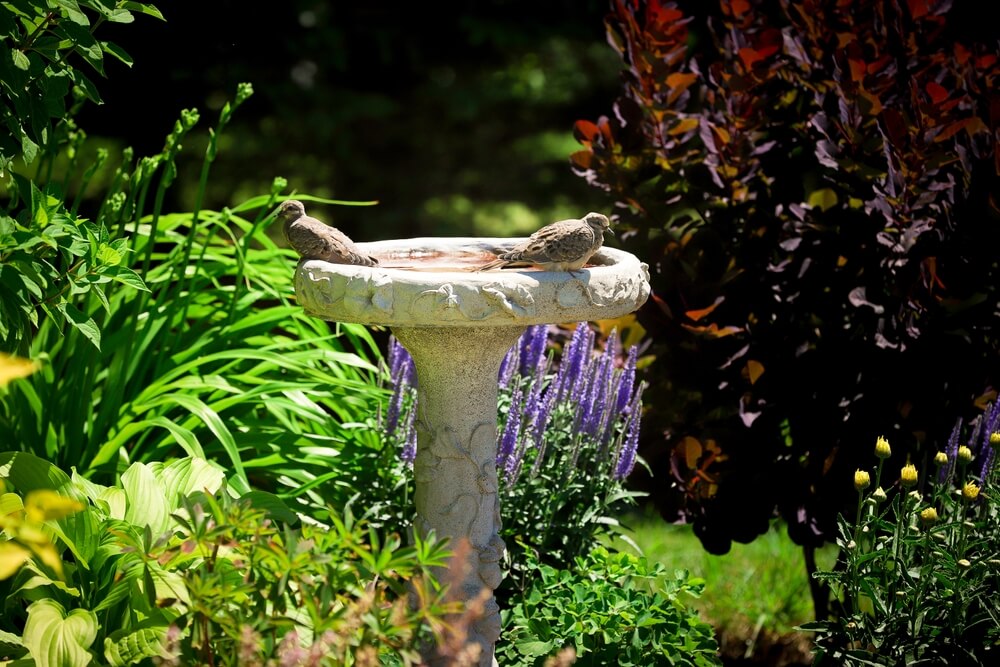
Water evaporates faster than ice cream melts in July, so keep those bird baths and ponds topped off daily. Birds need reliable water sources during hot spells, and you’ll be rewarded with natural pest control as they munch on garden bugs. Plus, the sound of splashing water will make your garden feel like a calm oasis.
- Add fresh water daily: Check the levels every morning and top off with fresh water as needed.
- Scrub weekly: Use a stiff brush to remove algae buildup that can harbor bacteria and serve as a breeding ground for mosquito larvae.
- Create depth variety: Add stones or branches so birds of different sizes can drink safely.
A well-maintained water feature becomes the social hub of your garden ecosystem.
3. Deep Water New Trees, Shrubs, And Perennials Weekly
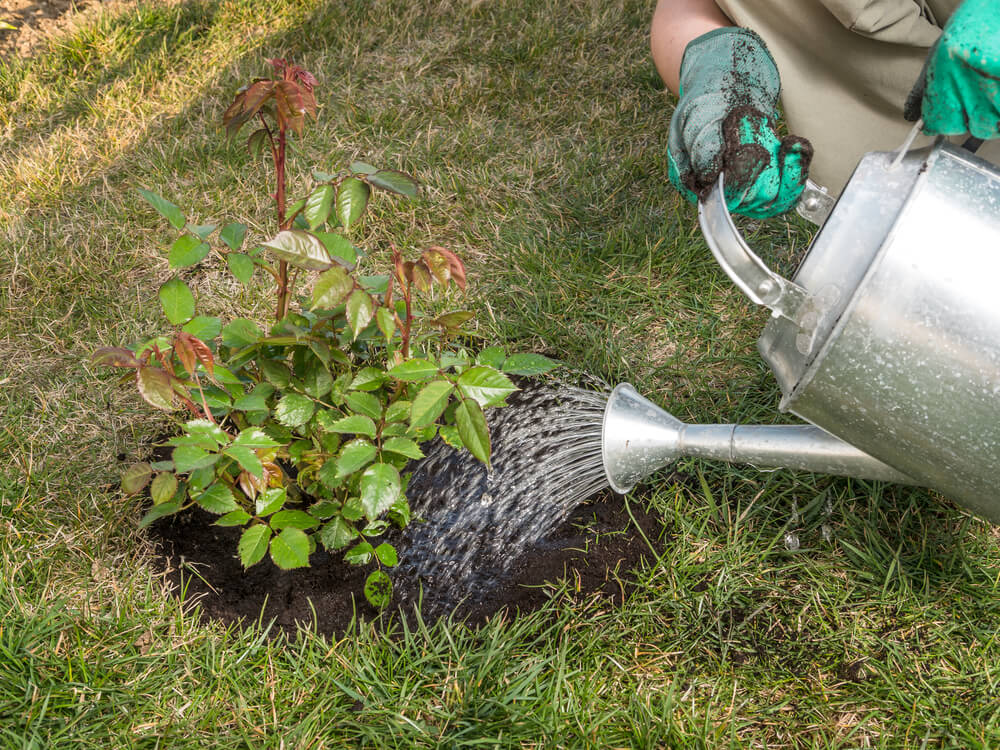
Shallow, frequent watering creates wimpy surface roots, but deep weekly soaks train roots to dive deep where moisture stays cool and available. Soak your garden soil 12 to 18 inches deep around new plantings – they’re still developing their root systems and can’t withstand drought stress like established plants.
- Water slowly and deeply: Use a drip irrigation system or a soaker hose to help deliver water straight to the plant’s roots.
- Check soil penetration: Periodically dig down 5 inches after watering to ensure moisture reaches deep roots.
- Focus on the drip line: Water at the outer edge of branches where feeder roots are actively growing.
Deep watering now creates drought-resilient plants that’ll thrive all season or, in some cases, for decades with minimal fuss.
Read More – 21 Beautiful Butterfly Varieties For Perfect For Home Gardens And Backyard Pollination!
4. Grow More Sunflowers + Late Bloomers For Pollinators
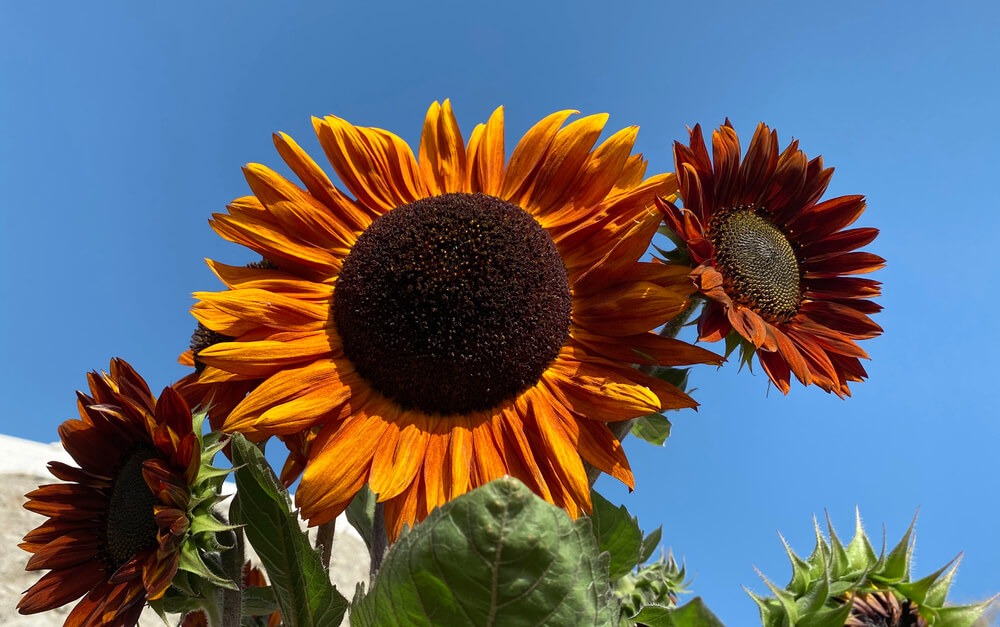
July is prime time to plant sunflowers and late-season flowers that’ll bloom into fall when pollinators desperately need nectar sources. Think zinnias, cosmos, and marigolds – they’ll give bees and butterflies the fuel they need to survive winter and come back strong next year.
- Best July plantings: Sunflowers, zinnias, cosmos, marigolds, nasturtiums, and late-blooming asters.
- Plant in succession: Sow new seeds every 2 weeks through July for continuous blooms until frost.
- Choose native varieties: Native late bloomers, such as Joe Pye weed and goldenrod, provide superior nutrition for local pollinators.
Your July plantings will become September’s lifeline for struggling pollinators as they prepare for winter.
5. Side-Dress Your Crops
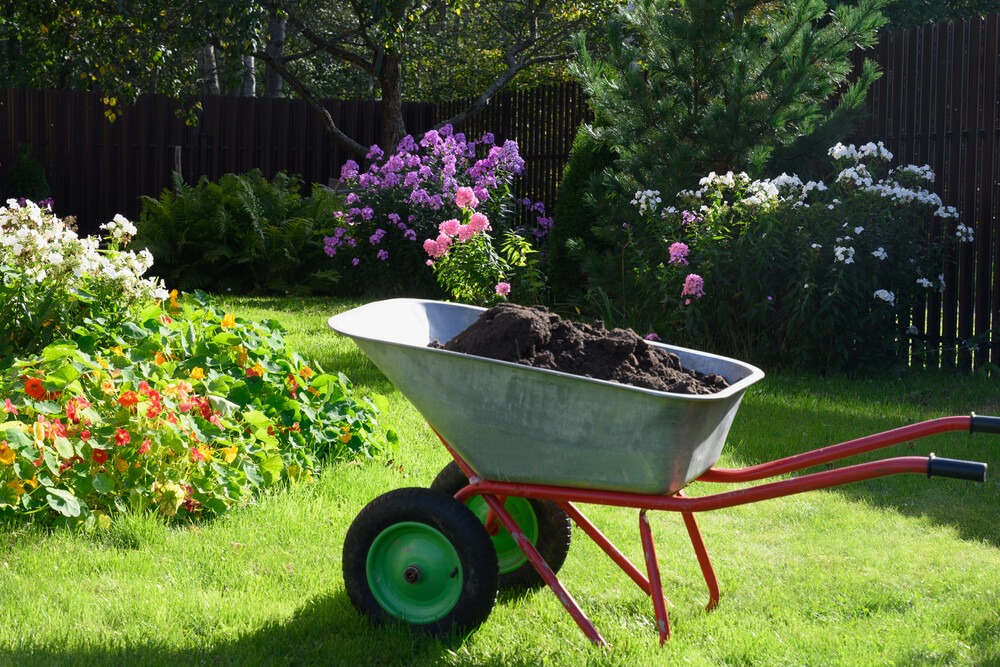
Your vegetables are working overtime in the July heat, pumping out tomatoes, squash, and beans like there’s no tomorrow. Offer a nutritional boost by side-dressing with compost or organic fertilizer around the base of plants. It’s like a protein shake for your garden, keeping production cranking all season long.
- Heavy feeders first: Prioritize tomatoes, peppers, squash, corn, and brassicas that require a lot of nutrients.
- Apply 2-4 inches from the stem: Keep fertilizer away from plant stems to prevent burn and encourage root spreading.
- Water immediately after: Activate nutrients by watering deeply after applying to help roots absorb the food.
I’ve noticed that side-dressed plants can easily produce 30% more fruit than their unfed neighbors.
6. Double-Check Farm Animal Watering Stations
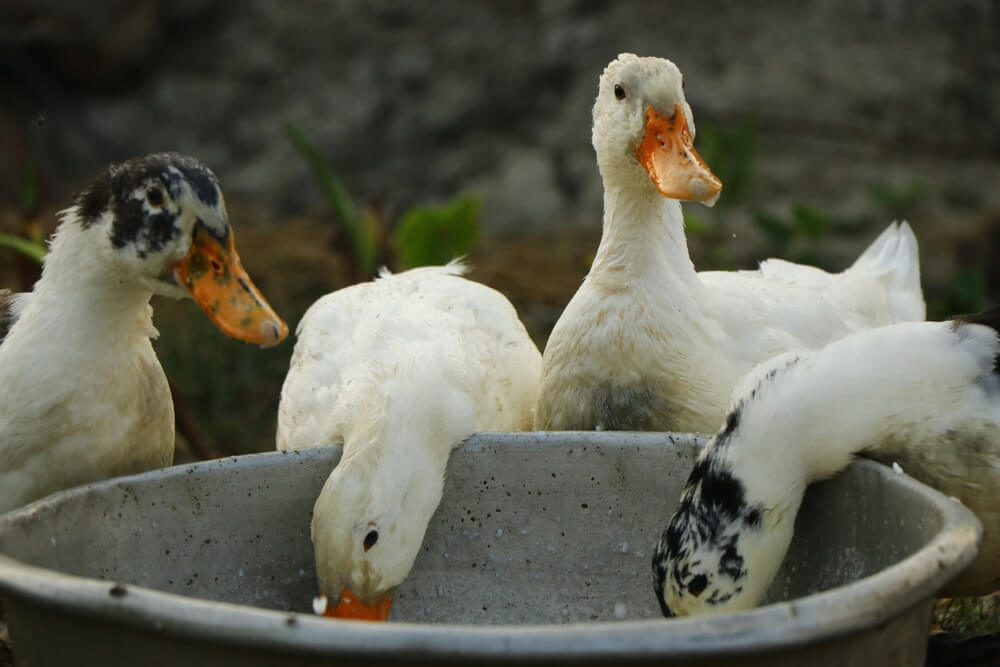
Animals can consume twice as much water in the July heat, and a clogged waterer or empty trough can quickly become a dangerous situation. Check every watering station daily, clean out algae buildup, and ensure automatic systems are functioning properly – your animals’ lives depend on it.
- Test flow rates daily: Ensure waterers are dispensing at the proper speed. Slow flow indicates clogged systems.
- Provide shade over water: Keep water cool and prevent algae growth with overhead cover or strategic placement.
- Have backup systems: Keep extra buckets or portable waterers on hand for emergencies and power outages.
Happy, hydrated animals are productive animals that’ll reward your diligence with better milk, eggs, and meat.
Read More – 18 Super Friendly Chicken Breeds For Mixed Flocks – No Farmyard Brawls Or Coop Drama!
7. Manage Weeds, But Leave Some For Friendly Bugs
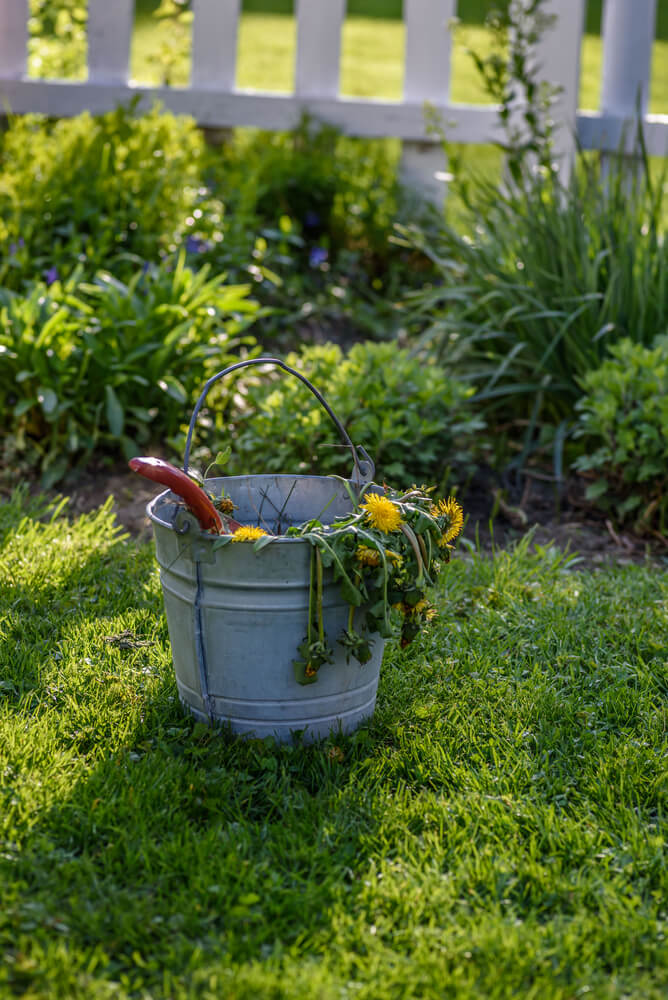
Pull the big bullies that are choking your vegetables, but let some smaller weeds stick around in unused corners. Many beneficial insects need diverse plant communities to thrive, and some “weeds” like clover and dandelions provide crucial early and late-season nectar when garden flowers aren’t blooming.
- Target the worst offenders: Focus on aggressive spreaders, such as crabgrass, bindweed, and thistle, that crowd out crops and reduce yields.
- Preserve beneficial weeds: Leave clover, lamb’s quarters, and purslane in pathways – they’re edible and attract helpful insects.
- Mulch after weeding: Immediately cover bare soil with straw to prevent new weed seeds from germinating in the heat.
Remember never to pull all the weeds. A perfectly weed-free garden is often a perfectly lifeless one.
8. Mulch Around Plants
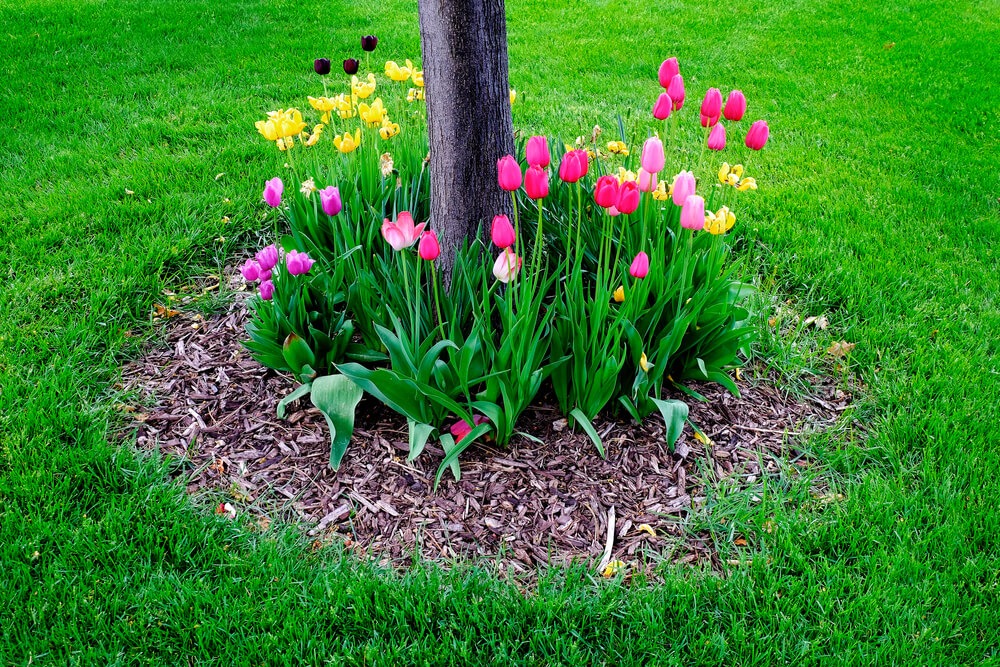
July mulching is like giving your plants organic air conditioning systems. A 2 or 3-inch layer of organic bark or straw mulch locks in moisture, keeps the soil cool and prevents weeds from germinating in the blazing heat. Wood chips, straw, or shredded leaves all work magic.
- Select the appropriate material: Straw for vegetables, wood chips for perennials, and shredded leaves for acid-loving plants.
- Keep mulch off stems: Leave 2 to 3 inches of clear space around plant stems to prevent pest harboring and rot.
- Refresh monthly: Top off thin spots and add fresh material as organic mulches decompose quickly in the summer heat.
Well-mulched soil can stay 10 to 15 degrees cooler than bare ground on scorching days.
9. Train, Stake, And Tie Vines
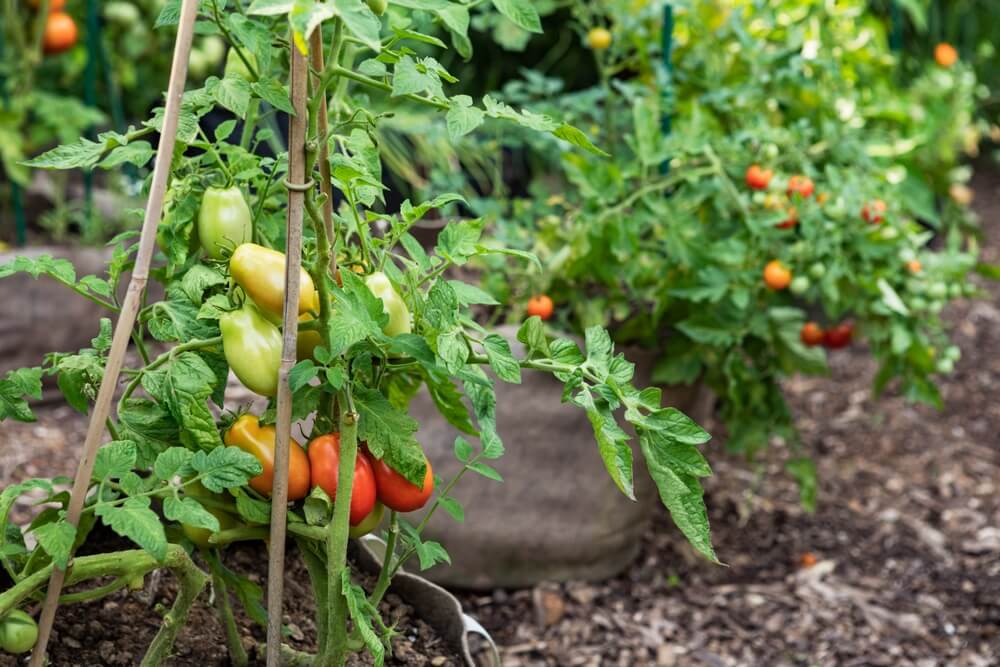
July’s rapid growth means your tomatoes, cucumbers, and beans are reaching for the sky and getting heavy with fruit. Tie them up weekly with soft materials like old t-shirt strips – it prevents breakage and keeps fruits off the ground, where they’ll rot or get devoured by pests.
- Use soft ties: Old t-shirts, pantyhose, or velcro ties won’t cut into expanding stems like wire or string.
- Check supports weekly: Heavy fruit loads can snap stakes or topple cages – reinforce before disaster strikes.
- Prune strategically: Remove lower leaves on tomatoes to improve air circulation and redirect energy to fruit production.
A well-supported plant is like a well-coached athlete – it reaches its full potential with proper guidance and care.
Read More – 23 Delicious Root Crops For A Hardy And Healthy Survival Garden – Parsnips, Carrots, And Sunchokes!
10. Clean Out Chicken Coops Or Animal Shelters
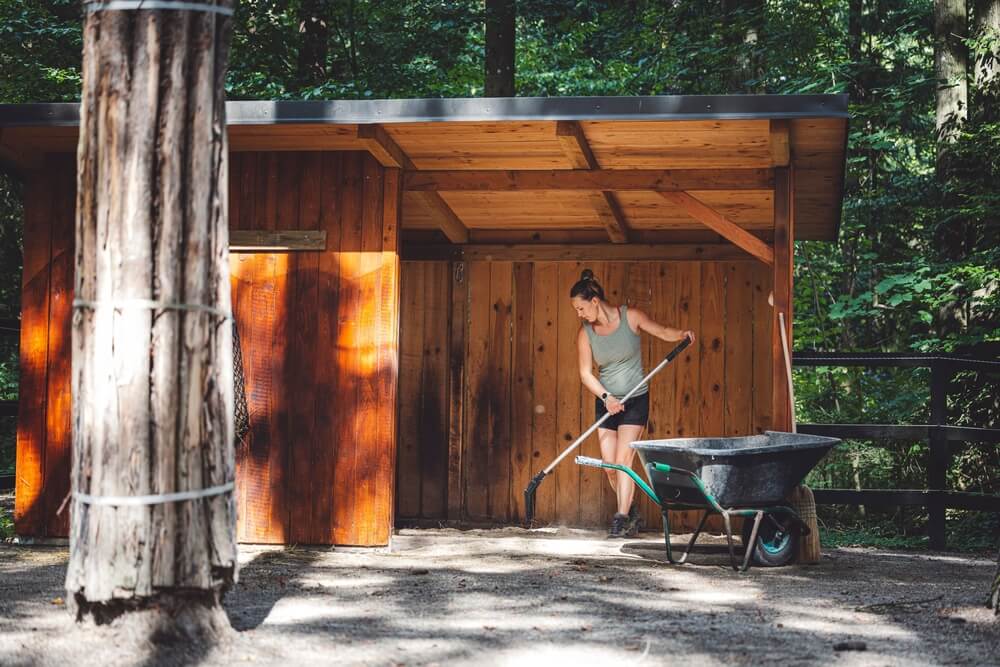
Hot, humid July weather turns dirty coops into breeding grounds for bacteria faster than you can say “salmonella.” Deep clean those coops weekly, add fresh bedding and ensure ventilation is top-notch. Your animals will be healthier, and your egg production will stay strong.
- Deep clean weekly: Remove all old bedding, scrub surfaces with a vinegar solution, and let them dry completely before adding new bedding.
- Maximize ventilation: Open all windows and vents to create cross-breezes that reduce heat and humidity.
- Use diatomaceous earth: Sprinkle food-grade DE in corners and nesting boxes to control mites and other parasites naturally.
Fresh, clean coops smell sweet and earthy, not ammonia-sharp.
11. Grow A Second Planting Of Green Beans, Lettuce, Or Squash
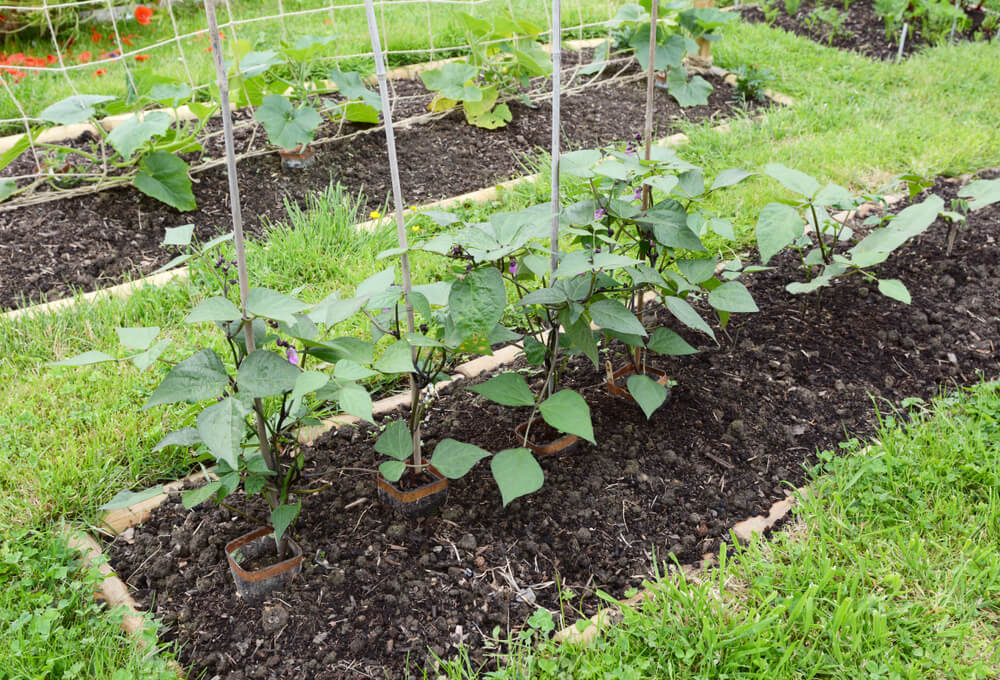
July is your last chance for a second round of warm-season crops that’ll mature before fall frost. Plant beans, carrots, cucumbers, squash, corn, kale, turnips, radishes, Swiss chard, fast-growing herbs, and lettuce for fresh harvests well into autumn. It’s like getting two gardens in one year!
- Best July plantings: Bush beans, summer squash, cucumbers, radishes, turnips, kale, and Swiss chard.
- Choose fast-maturing varieties: Look for 50 to 60-day maturity on seed packets to ensure a harvest before the first frost.
- Plant in cooler spots: Choose areas that receive morning sun but afternoon shade to help plants establish themselves in the heat.
Fall harvests from July plantings often taste sweeter than their spring counterparts, thanks to cooler growing conditions.
12. Battle Garden Bugs
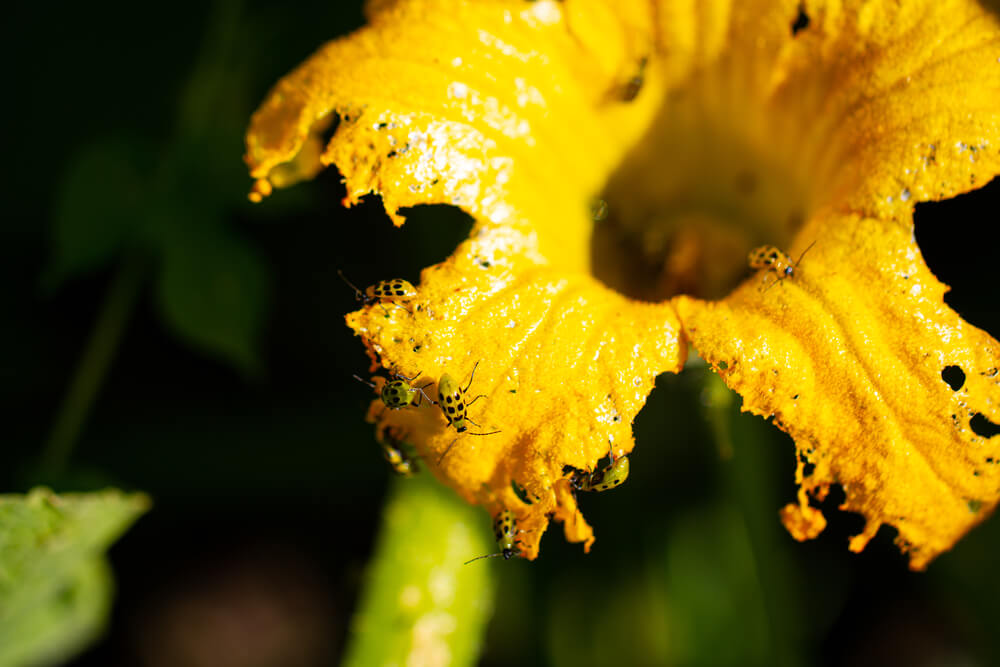
July heat brings out every garden pest imaginable, from cucumber beetles to tomato hornworms. Check plants daily, hand-pick significant pests, and use row covers during peak bug times. Remember – a few holes in leaves are standard, but when pests start overwhelming your plants, it’s time to take action.
- Scout daily in the early morning: Many pests are most active and visible in cooler morning temperatures.
- Know your enemies: Learn to identify cucumber beetles, squash bugs, tomato hornworms, and Japanese beetles for targeted control.
- Use beneficial insects: Release ladybugs, lacewings, or predatory wasps to naturally control aphids and other soft-bodied pests.
The most successful gardeners become excellent detectives, spotting trouble before it becomes a disaster.
13. Harvest Herbs For Drying Or Freezing
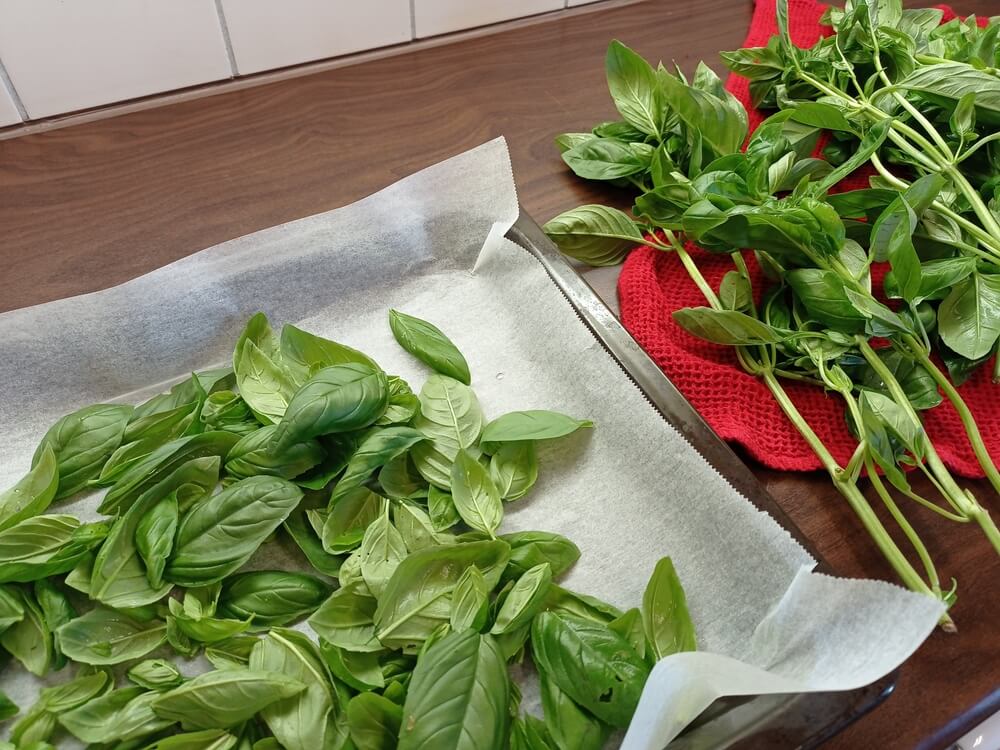
July herbs are at their peak potency – essential oils concentrate as flavors intensify. Harvest in the morning after the dew has dried but before the heat has wilted the leaves. Dry them in bundles or freeze them in ice cube trays with olive oil for year-round flavor that’ll make winter cooking infinitely better.
- Perfect timing: Cut herbs just before they bloom, when they are at their peak in essential oil content.
- Best candidates for drying: Rosemary, thyme, oregano, sage, and lavender. They all hold their potency well when dried.
- Freeze soft herbs: Basil, cilantro, parsley, and chives freeze better than dry – try ice cube trays with olive oil.
Few garden rewards beat the aromatherapy of walking through bundles of herbs drying in your kitchen.
Read More – The All-In-One Guide For Growing Delicious Nectarine Trees In Your Garden! (From Grafts Or Seeds!)
14. Monitor For Heat Stress. Protect Sensitive Crops
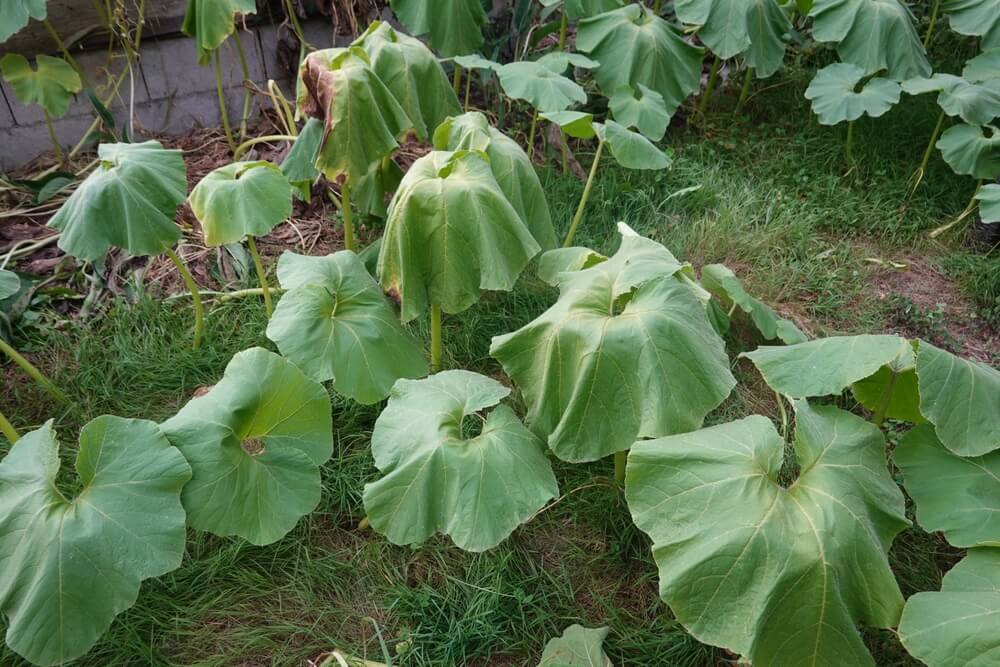
When temperatures soar above 85°F, even heat-loving plants can struggle to thrive. Watch for wilting, leaf curl, or flower drop, and provide afternoon shade with row covers or shade cloth. Lettuce, spinach, and other cool-season crops, especially those grown in warm climates, need protection to prevent bolting and bitter flavors.
- Watch for warning signs: Look for wilting during the sunniest parts of the day, browning of leaf edges, or flowers dropping without setting fruit.
- Create afternoon shade: Use 30 to 50% shade cloth or row covers from 2 to 6 PM during heatwaves.
- Cool-season rescues: Move any potted plants, such as lettuce, spinach, and cilantro, to shadier spots or harvest them immediately before they bolt.
Plants protected from extreme heat often continue producing when their neighbors have given up completely.
15. Start Planning Fall Garden Crops
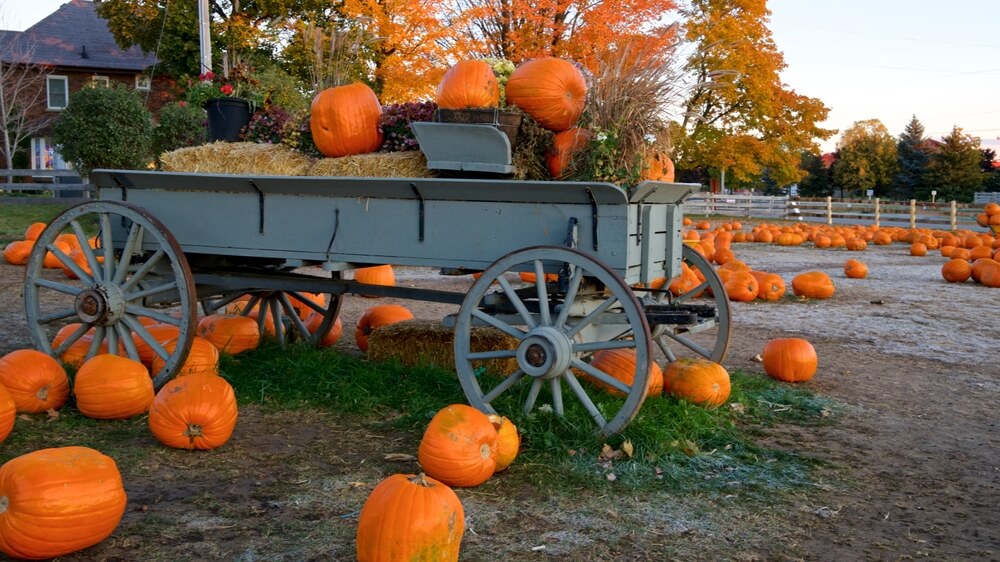
July planning sets you up for spectacular fall harvests when many gardeners are winding down. Order seeds for cool-season crops, such as broccoli, cabbage, and carrots that you’ll plant in August. Fall gardens often produce better than spring ones because pests are winding down, and cool weather sweetens many vegetables.
- Order seeds now for August planting: Broccoli, cabbage, Brussels sprouts, carrots, beets, and winter radishes.
- Calculate planting dates: Count backward starting from the first frost date, subtracting the days to maturity to determine the seeding schedule.
- Prep soil areas: Start preparing beds now by adding compost and clearing out spent spring crops.
Fall gardeners enjoy the sweetest carrots and the most tender Brussels sprouts nature can provide.
Read More – 23 Superb Companion Flowers For Vegetable Gardens – Bee Balm, Sunflowers, And Butterfly Bush!
Conclusion

These July homesteading tasks are your ticket to homestead mastery! Every watering, every weeding, every harvest is building the foundation for a self-sufficient life that sustains both body and soul. Now get out there and make July your most productive month yet. Yes. It’s hard work. But your future self will thank you when you’re enjoying homegrown abundance all year long!
What about you?
- Are you doing any fun outdoor projects in July this year?
- What outdoor tasks do you dread the most in July?
- Do you have any tips for making these July homestead chores less irritable?
Thanks for reading.
Have a great day!

